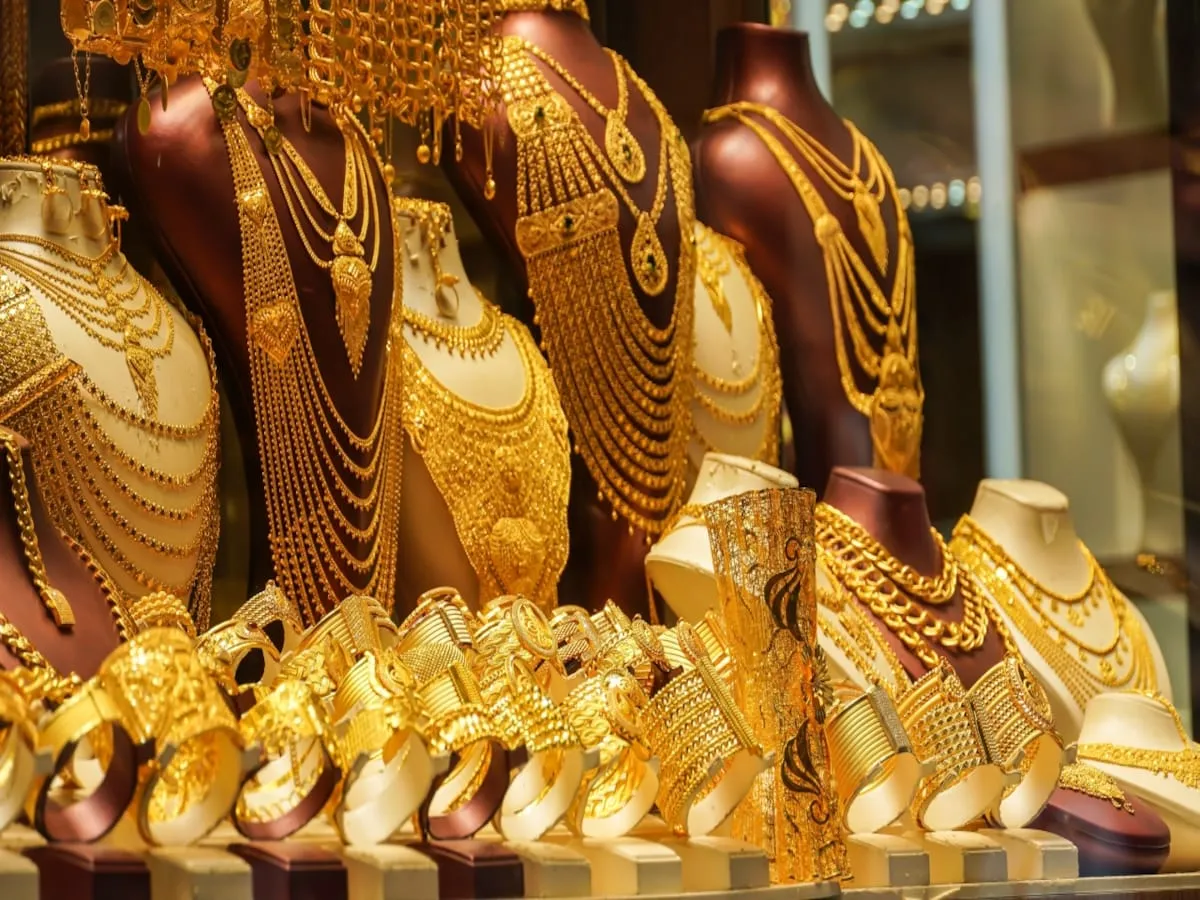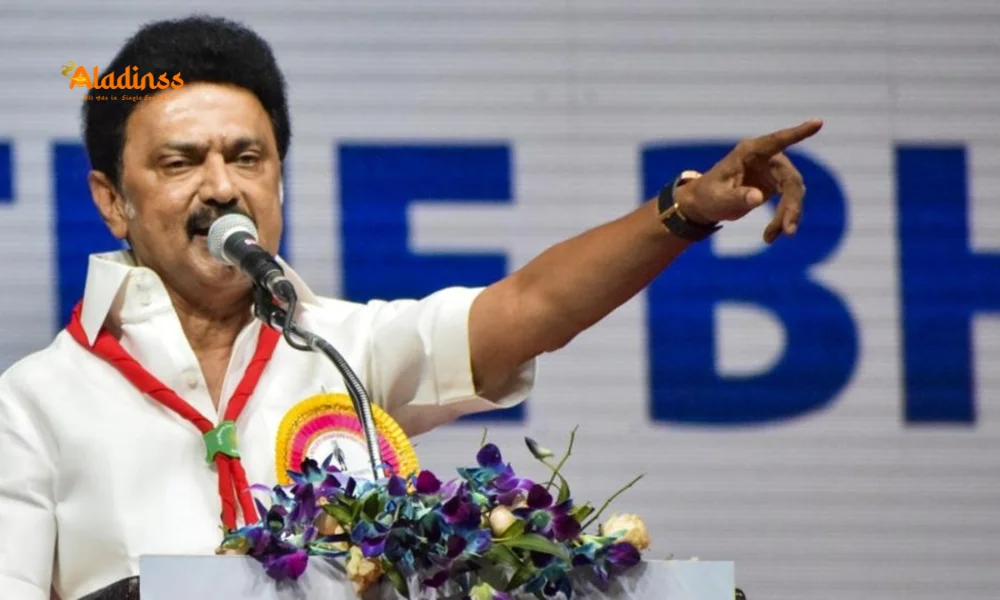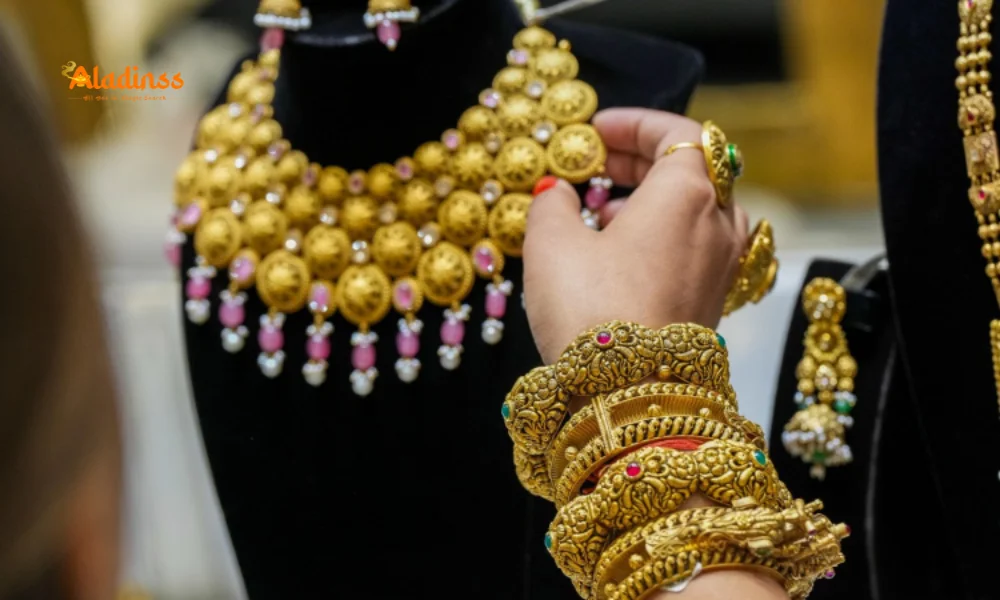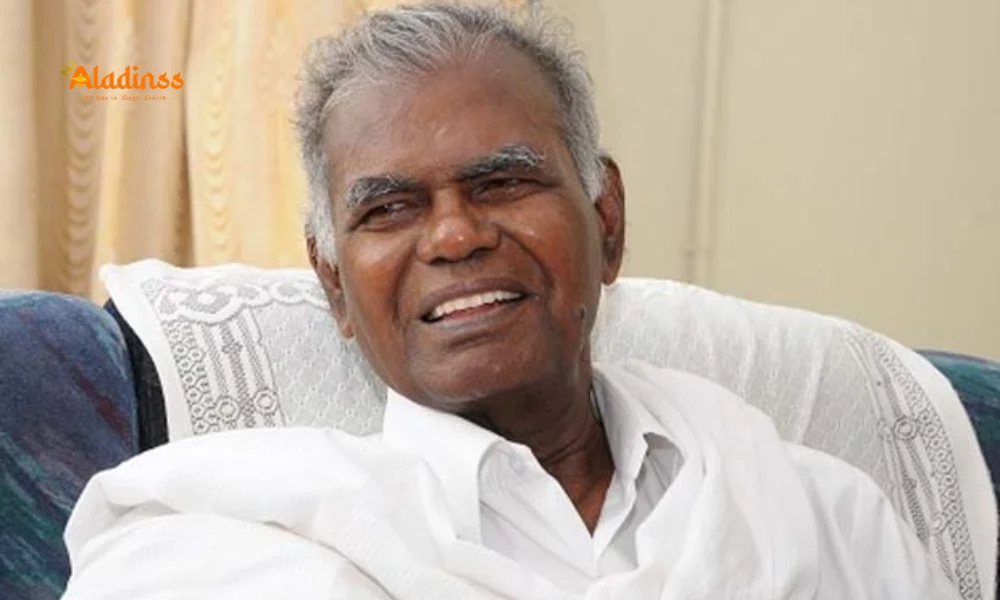Gold Rate Today: Sovereign Gold Surges Past ₹75,000

Gold Rate Today: Sovereign Gold Prices Surge Past ₹75,000, Shocking Jewelry Lovers
Gold prices in India have once again crossed the ₹75,000 mark per sovereign, delivering a fresh jolt to jewelry lovers and investors alike. On August 28, 2025, the price of 22-karat gold rose by ₹15 per gram, reaching ₹9,405 per gram, and by ₹120 per sovereign, hitting ₹75,240. This upward trend follows a brief period of decline earlier in August, marking a significant moment for those planning to purchase gold for weddings, festivals, or investments. The fluctuating gold market continues to draw attention as prices remain volatile, influenced by global economic factors and local demand.
The recent spike in gold prices comes after a notable dip that had jewelers optimistic about increased sales. However, the renewed surge has reignited concerns among buyers, particularly as the festive season approaches. Alongside 22-karat gold, 18-karat gold prices have also climbed, increasing by ₹5 per gram to ₹7,775 and by ₹40 per sovereign to ₹62,200. Meanwhile, silver prices have remained stable, holding steady at ₹130 per gram and ₹1,30,000 per kilogram. This article delves into the latest gold price trends, their implications for consumers, and the factors driving these fluctuations.
Gold Price Trends in August 2025
August 2025 has been a rollercoaster for gold prices in India. The month began with a significant milestone when the price of a sovereign of 22-karat gold crossed ₹75,000 on August 6, peaking at an all-time high of ₹75,760 on August 8. This surge was driven by a combination of global market volatility and heightened demand in India, where gold is a cultural and financial cornerstone. However, the market saw a rare extended decline for over 10 days, the longest such period this year, offering temporary relief to buyers and boosting sales for jewelers.
The downward trend reversed on August 27, when 22-karat gold prices increased by ₹35 per gram to ₹9,390 and by ₹280 per sovereign to ₹75,120. The momentum continued into August 28, with a further hike of ₹15 per gram and ₹120 per sovereign, pushing prices to ₹9,405 per gram and ₹75,240 per sovereign, respectively. For 18-karat gold, the increase was more modest but still significant, with prices reaching ₹7,775 per gram and ₹62,200 per sovereign. These fluctuations have kept consumers and investors on edge, with many reevaluating their purchasing decisions.
Why Are Gold Prices Rising Again?
The recent uptick in gold prices can be attributed to a mix of global and domestic factors. Globally, gold is considered a safe-haven asset, and its prices often rise during periods of economic uncertainty, geopolitical tensions, or currency fluctuations. In 2025, ongoing global economic challenges, including inflation concerns and currency volatility, have bolstered demand for gold as a hedge against financial instability. The weakening of the Indian rupee against the US dollar has further amplified these effects, making imported gold more expensive in India.
Domestically, India’s cultural affinity for gold plays a significant role. With the festive season, including Diwali and the wedding season, approaching, demand for gold jewelry is expected to surge. Gold is not only a preferred investment but also an integral part of Indian traditions, used in weddings, religious ceremonies, and gifting. This seasonal demand, coupled with limited local supply and reliance on imports, contributes to price volatility. Additionally, government policies, such as import duties and GST, add to the final cost of gold jewelry, further impacting consumer budgets.
Impact on Jewelry Lovers and Investors
The recent price surge has left jewelry lovers in a state of shock, particularly those planning purchases for upcoming festivals or weddings. Gold’s cultural significance in India makes it a staple for such occasions, but the rising costs are forcing many to reconsider their budgets. For instance, a sovereign (8 grams) of 22-karat gold, now priced at ₹75,240, represents a significant investment, especially when combined with making charges and taxes. Similarly, 18-karat gold, often used for lightweight or designer jewelry, has become costlier at ₹62,200 per sovereign, impacting affordability for middle-class buyers.
For investors, the price volatility presents both opportunities and challenges. Gold is widely regarded as a reliable long-term investment, offering protection against inflation and currency depreciation. However, the rapid price swings in August 2025 have made short-term trading riskier. Investors who purchased gold during the mid-August dip may see gains, but those entering the market now face higher entry costs. The stability of silver prices at ₹130 per gram provides an alternative for budget-conscious investors, though silver lacks the cultural allure of gold in India.
Silver Prices: A Steady Contrast
Unlike gold, silver prices have remained unchanged on August 28, 2025, at ₹130 per gram and ₹1,30,000 per kilogram. This stability offers a respite for consumers looking to purchase silver jewelry or invest in silver coins and bars. Silver is often seen as a more affordable alternative to gold, particularly for gifting during festivals or for use in religious rituals. However, its market is less volatile than gold’s, as it is less influenced by global safe-haven demand and more tied to industrial applications.
The steady silver prices provide an opportunity for buyers to diversify their investments or opt for silver jewelry as a cost-effective alternative. Jewelers report that silver sales often increase during periods of gold price spikes, as consumers shift to more affordable options. However, the cultural preference for gold in India means that silver remains a secondary choice for most buyers, particularly for significant occasions like weddings.

Factors Influencing Gold Prices in India
Gold prices in India are influenced by a complex interplay of global and local factors. Understanding these dynamics can help consumers and investors make informed decisions. Key factors include:
- Global Market Trends: Gold prices are heavily influenced by international markets, where economic uncertainties, such as rising inflation or geopolitical tensions, drive demand for gold as a safe-haven asset. Recent global economic challenges have pushed gold prices higher, impacting India’s import-dependent market.
- Currency Fluctuations: The Indian rupee’s value against the US dollar plays a critical role. A weaker rupee increases the cost of imported gold, which constitutes a significant portion of India’s supply.
- Local Demand and Supply: India’s cultural and festive demand for gold, particularly during Diwali, Dhanteras, and wedding seasons, drives prices upward. Limited domestic production means India relies heavily on imports, adding to costs.
- Government Policies: Import duties, GST (3% on gold jewelry), and other levies increase the final price of gold. Making charges, which vary by jeweler, further add to the cost, impacting affordability.
- Central Bank Actions: The Reserve Bank of India’s gold reserve policies and global central bank activities influence gold prices. Increased gold purchases by central banks can drive up demand and prices.
How to Navigate Rising Gold Prices
For jewelry lovers and investors facing rising gold prices, strategic planning is essential. Here are some tips to manage purchases and investments effectively:
- Monitor Price Trends: Keep track of daily gold rates through reliable sources like jewelers or financial websites to identify potential dips for purchasing.
- Consider Alternatives: Explore silver or lightweight 18-karat gold jewelry for cost savings, especially for festive gifting or smaller purchases.
- Invest in Gold ETFs or Bonds: For investors, gold exchange-traded funds (ETFs) or Sovereign Gold Bonds (SGBs) offer exposure to gold prices without the need for physical storage, avoiding making charges and storage costs.
- Negotiate Making Charges: When buying jewelry, negotiate making charges with jewelers to reduce overall costs. Some jewelers offer discounts during festive seasons.
- Buy from Certified Jewelers: Ensure gold purchases are from BIS-certified jewelers to guarantee purity, with hallmarking indicating 22-karat (916) or 18-karat (750) standards.
By adopting these strategies, consumers can mitigate the impact of rising prices while still participating in the gold market, whether for cultural purposes or investment.
Market Outlook for Gold in 2025
Looking ahead, gold prices are expected to remain volatile in 2025, driven by global economic uncertainties and India’s festive demand. Analysts predict that gold could see further increases during the festive season, particularly around Diwali and Dhanteras, when jewelry purchases peak. However, potential corrections in global markets or a strengthening rupee could offer temporary relief to buyers. Investors are advised to diversify their portfolios, combining physical gold with digital options like ETFs or SGBs to balance risk and reward.
The stability of silver prices suggests it may continue to serve as a cost-effective alternative for budget-conscious buyers. Jewelers are also innovating with lightweight and affordable designs to cater to price-sensitive consumers, ensuring that gold remains accessible despite the high costs. As the market evolves, staying informed about price trends and leveraging digital investment options will be key for both consumers and investors.
Comment / Reply From
No comments yet. Be the first to comment!











